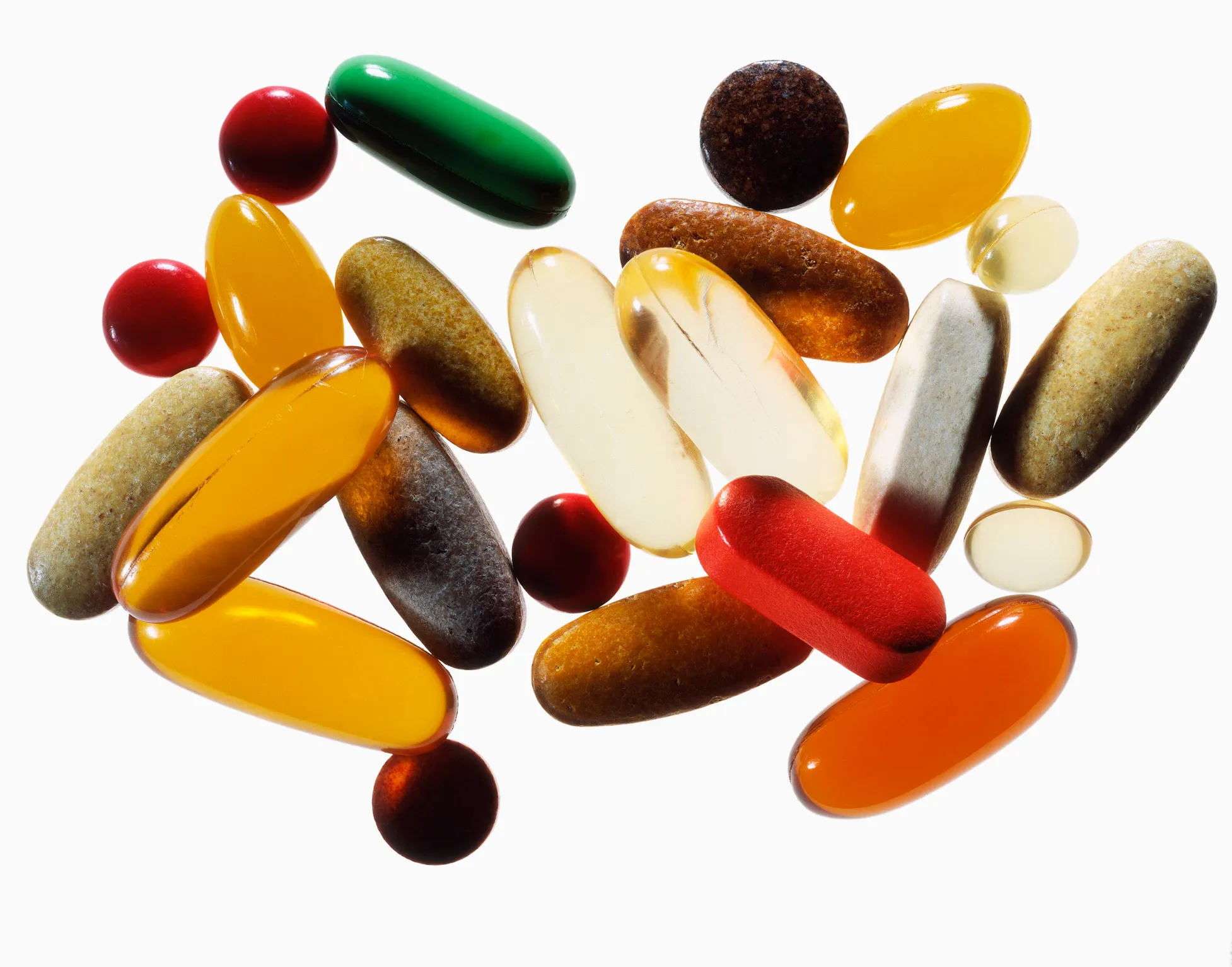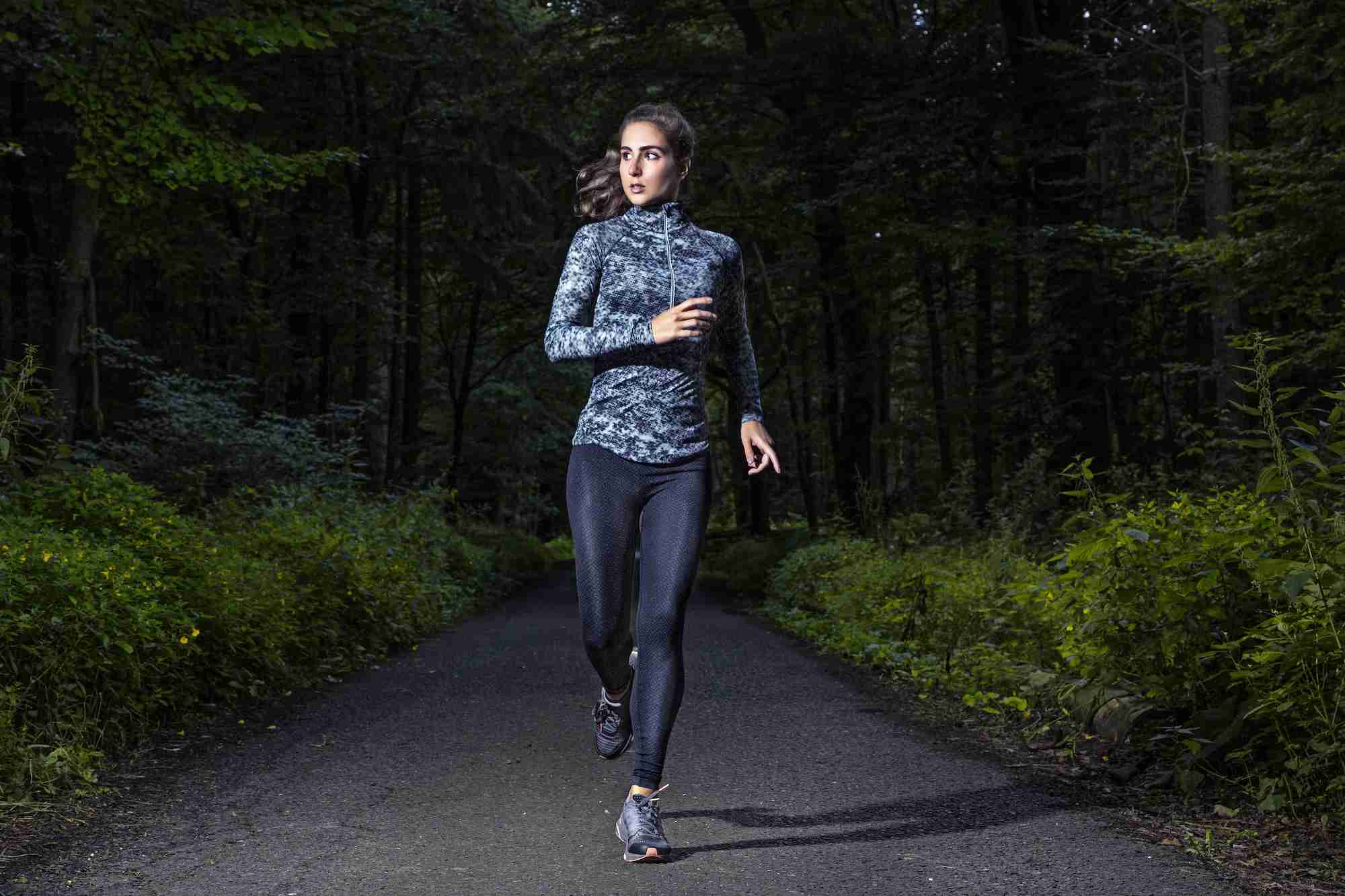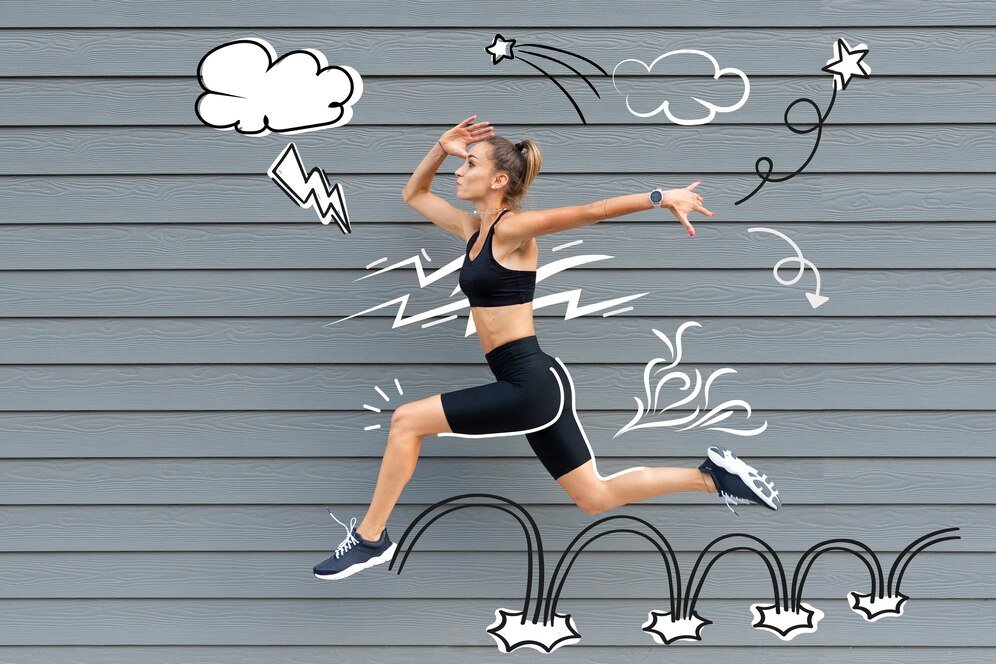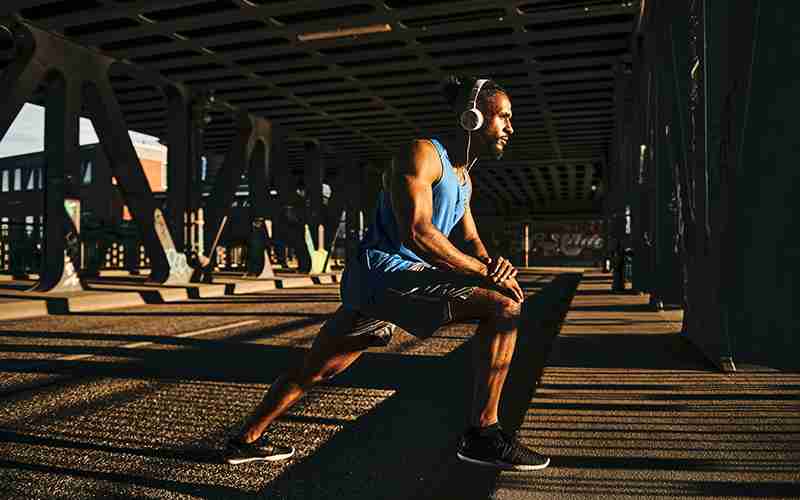
Want to run easier? Tips and Tricks for Flexibility
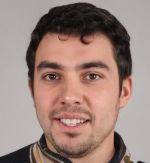
5 min read
Introduction
The text offers tips and tricks for flexibility and endurance. It begins by suggesting ways to improve flexibility, including stretching,Correct form and consistency. It also provides tips on how to improve endurance, including gradually increasing mileage, listening to your body, and staying hydrated.
Want to run easier? Tips and Ttricks for Flexibility
Good muscle elasticity and reasonable cardiovascular endurance are required for our bodies to be comfortable, but without proper healthy posture and reasonable flexibility exercises, we will not have these abilities. In everyday life, strength, resistance, flexibility and healthy posture are the foundational pillars of a runner’s health.
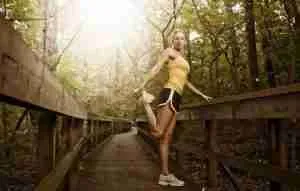
Flexibility allows us to choose the course and range of motion to combat the stiffness of our bodies as we age. Regular exercise and an active life are the first steps to combating the stiffness of a sedentary body.
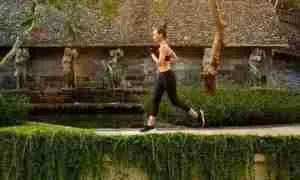
Tips and Ttricks for Flexibility
Flexibility includes:
- Mobility of the joint or the ability to move the joint; - Toughness or the ability to stretch the muscles and Achilles tendon. The joint system determines our possibilities for movement, because the bone structure around the joints, Achilles tendons, ligaments, joint capsules and connective tissues, together with all previous experiences of the individual, determine the level of movement in each part of our body. But the potential to improve our flexibility is huge, especially in those who have little or no flexibility.
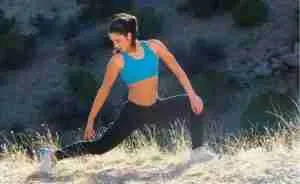
Flexibility routine prioritizing training. In our flexibility routine we prioritize waist and tendon stretches, working those areas that make up the posterior chain: gastrocnemius, glutes, back, and back of the neck. You should also repeatedly work your quads (quads play a big role in running) and pecs. Finally, in addition to making the arms (biceps, triceps, forearms, and shoulders) more flexible through complementary methods, we should remember that there are two areas that are very important: the adductors and the iliopsoas ( Usually the psoas is a very short and tight muscle, so it is important to stretch it).
- ◆When starting physical exercise, we should analyze the stretching exercise that needs to be done on the day according to the training plan that we have decided to execute.
- ◆At the end of the exercise, we should relax the muscles of the whole body, especially those muscles that contract most often. In fact, we should try to stretch for at least 5 minutes to avoid stiffness, because through this exercise, the muscle tissue will contract, and if we don’t restore the muscle afterward, it will slowly become more and more stiff, more and more less flexible.
Next, let’s learn 2 targeted muscle stretching actions! Relieve muscle stiffness
Gastrocnemius
The gastrocnemius is a muscle located at the back of the leg, closer to the epidermis than its partner the soleus.
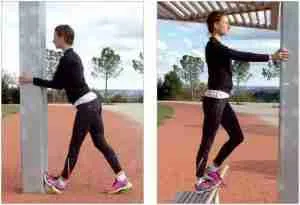
Stand upright and let the heel of the back leg drop off the tooth while keeping the back leg extended (the front leg is for support only). In this pose, we let the mass of our body rest on the back leg until we feel a tightness so that we can stretch the gastrocnemius of the back leg.
In addition to Daoya, we can also choose to support it on a wall, on a bench or simply on the ground as in the picture.
Parts involved:
● gastrocnemius
● flexor digitorum longus
● tibialis posterior muscle
● flexor pollicis longus
● soles of feet
● fibula
Effect
When we flex our ankles, that is, when our toes are close to the front of our legs, we can stretch to as long as we keep our knees extended.
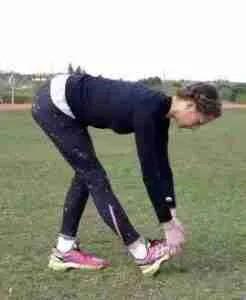
Soleus Muscle
The soleus is a smaller muscle than the gastrocnemius, and it is located more medial and lower than the gastrocnemius.
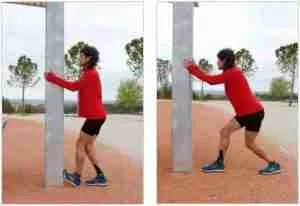
In the first image, we stretch the front leg against the post, involving the gastrocnemius, soleus, and plantar fascia. We face the pillar for support, feet forward, the back leg remains bent, the front leg is used only for support. In this pose, we push our hips forward a little and bend the back leg until we feel a tightness so that we can stretch the soleus muscle of the back leg. We can do this exercise with bare feet to better engage this area.
Feet and hips should face forward. Most gastrocnemius exercises can be used to stretch the soleus if we add to this step bending the knee of the leg we want to stretch.
Parts involved:
● plantar fascia
● tibialis posterior muscle
● flexor digitorum longus
● gastrocnemius
● fibula
● soleus muscle
Effect
When we complete the flexibility exercise for the gastrocnemius and also bend the knee during the exercise, the soleus is also stretched. As we do this exercise, we’ll notice how the tightness goes down a bit, even involving the Achilles tendon. If we choose to place the front of the foot against the wall during the exercise, we will notice that the front leg is being stretched, and we will notice how we are engaging the Achilles tendon and the plantar fascia.
Conclusion
The following are tips and tricks for flexibility:
-
static stretching- this is when you stretch a muscle and hold it for a period of time;
-
dynamic stretching- this is when you move your body or a limb through its range of motion;
-
ballistic stretching- this is when you use momentum to force a joint or muscle beyond its normal range of motion;
-
PNF stretching- this is when youContract a muscle and then stretch it while the muscle is still contracting. All of these techniques can help improve flexibility, but it is important to note that everyone is different and will respond to different techniques in different ways. It is also important to listen to your body and not push yourself too hard, as this can lead to injury.
